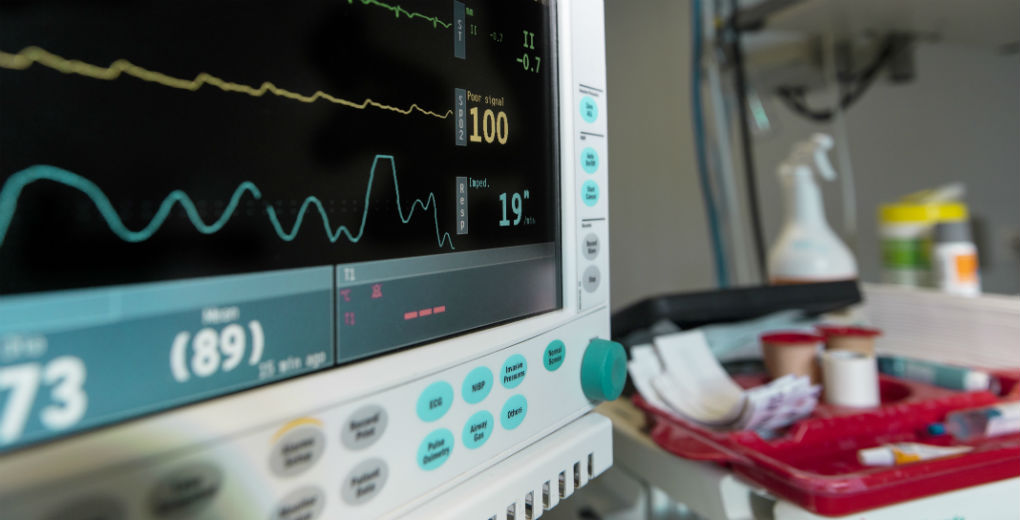
Are 3D printed organs set to become our future?
Like something dragged from a science fiction novel, 3D organ printing could be a revolutionary step in regenerative medicine and could radically alter what we expect from our health services.
In principal, scientists use donor organs to create a type of bio-ink. This bio-ink helps to design and print intricate, meticulously-planned layers of tissue from 3D printers that, when constructed, create organ parts and, in some instances, entire organs as genuine replacements for weak organs.
Scientists suggest we could see 3D-printed hearts, kidneys, and livers soon, but do not specify when this might be. Leading scientists in the field are targeting the liver in particular, the most regenerative organ in the human body.
The research comes not just through human invention but as a genuine need to act, given UK inhabitants can expect to wait more than 2.5 years for a kidney transplant on the NHS. The shortage of organs means that the rise of bio-printing is happening at a crucial time. Scientists are hopeful the research can also become a platform to test drugs and medication since the printed tissue should mimic the reaction seen in human tissue.
It looks like large organisations want to get involved, too, as companies such as L’Oréal are backing and funding such research. The firm says they are researching hair follicle bio-printing in the hope that they can test their products on hair that responds in exactly the same way human hair would. From this, companies can glean key changes and alterations to their product line and the benefits they provide.
There are stumbling blocks, however. Dilemmas arise in finding the balance of uses. For example, Professor Stuart Forbes, director of the MRC Centre for Regenerative Medicine at the University of Edinburgh, questions the practical use of bio-printing. “Even if it can engineer organs; are you going to replace a whole organ or can organoids interface with a damaged organ and produce a partial repair?” Further problems arise when it comes to ethics, with many organisations claiming the research is an attempt to ‘play God’.
Fundamentally, however, 3D printing organs could improve our organs, whether replaced or enhanced, and in doing so, could extend our life by several years.
Recently, questions are being asked of the implications such a drastic technological advancement could have on the insurance industry. Firms in Japan and the USA have suggested that there will be no need to search for novel ways of dealing with such policies, but concerns over intellectual property, protection of data, and product liability could bring that into question. Should we reach a stage in which patients are able to have full bio-printed organ transplants, for instance, what happens if a case of medical malpractice arises?
The evident imbalance of practical use vs. ethics may take time to adjudicate, but certainly popular suggestions dictate that it will feature prominently in expanding our knowledge and capabilities of regeneration and medicine. What’s certain for now, however, is that the push on this type of research is growing rapidly with the help of larger companies with separate agendas.
